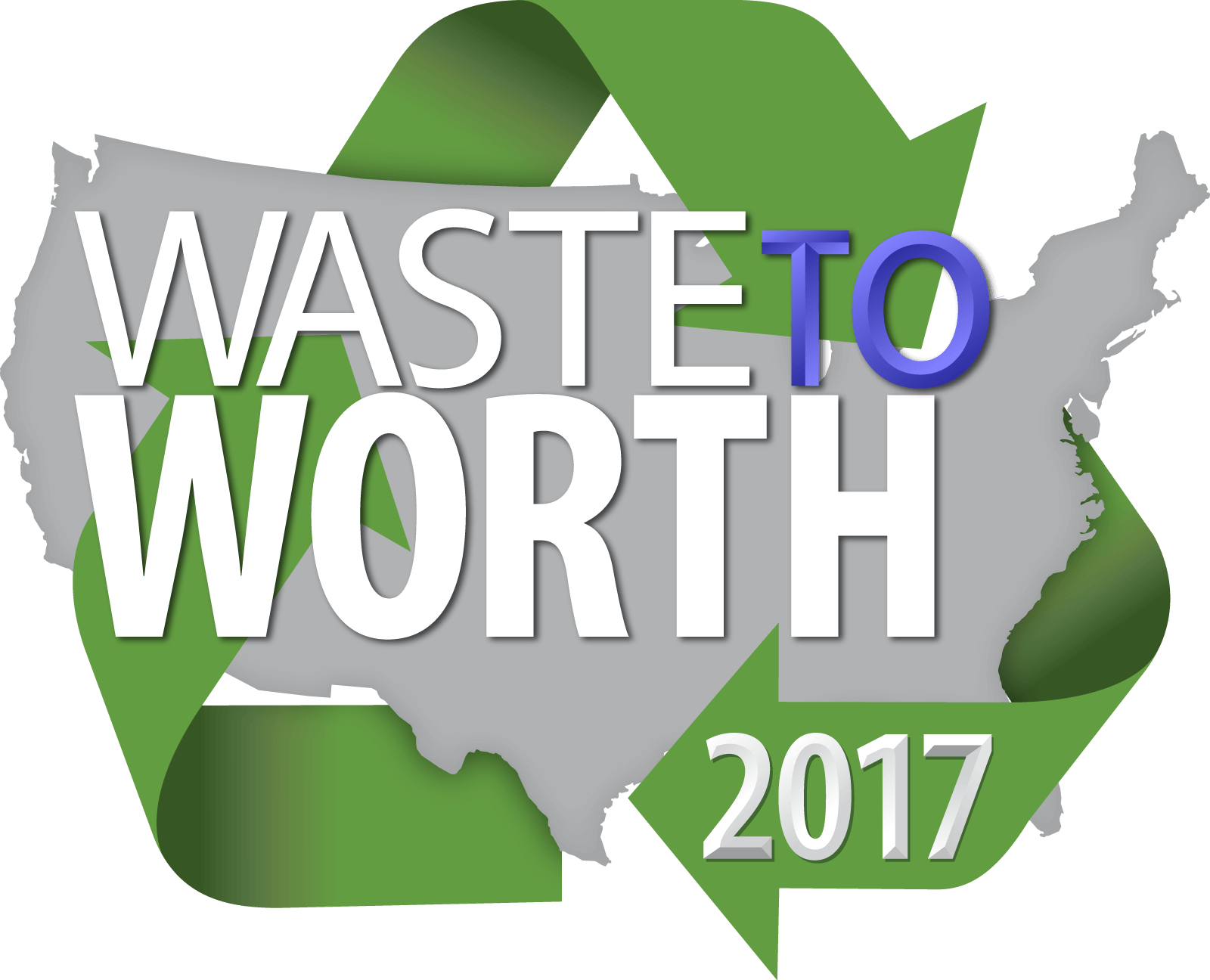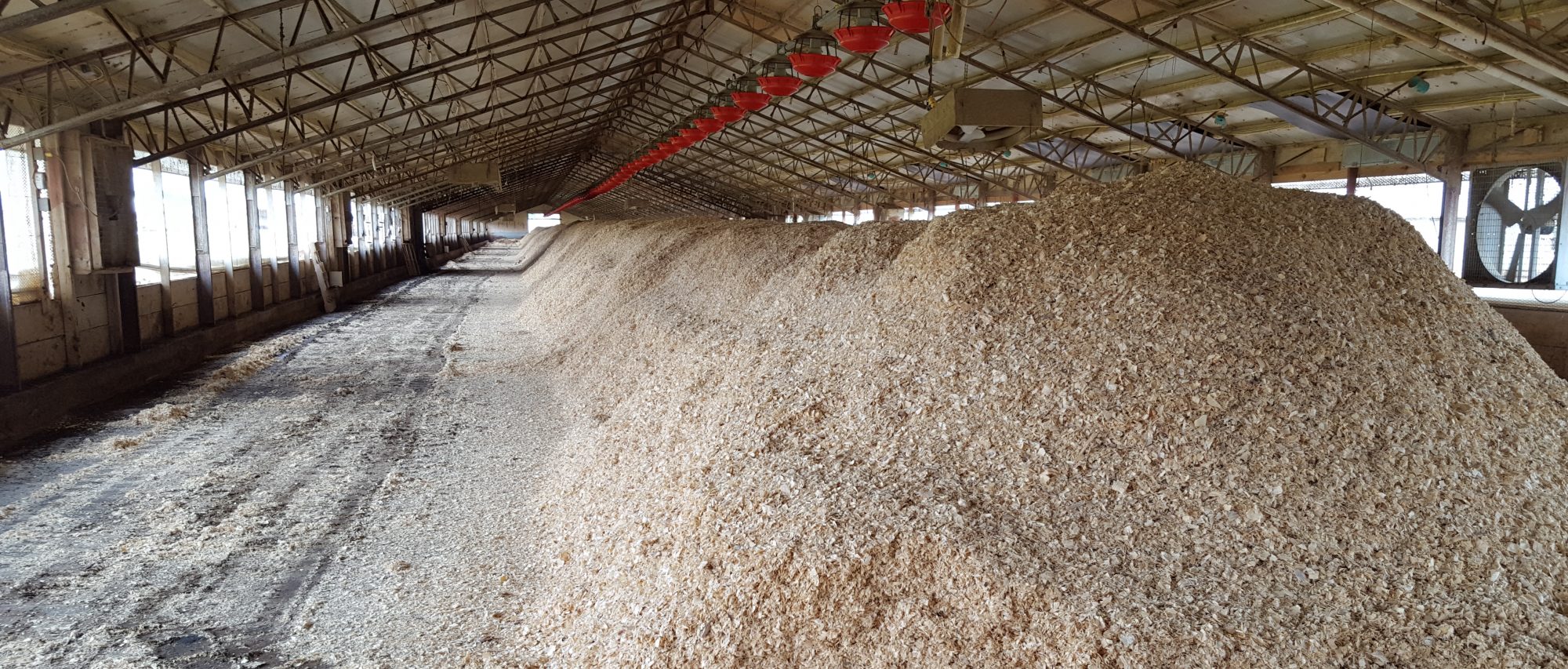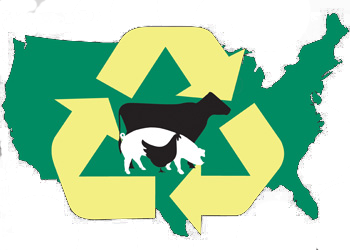Proceedings Home | W2W Home 
Purpose
The Natural Resources Conservation Service (NRCS) and partners worked with Eileen Fabian-Wheeler of the Pennsylvania State University to study the manure gas risks associated with gypsum bedding at dairy farms. This was a NRCS Conservation Innovation Grant (CIG) project. As a result of the information gathered and the published final report, NRCS has taken the following actions which are described below.
What did we do?
1. The NRCS National office has published National Bulletin 210-15-9 dated 7/14/15 detailing safety risks from manure storages of dairy cows bedded with gypsum.
2. The NRCS National Standard 333 for Amending Soil Properties with Gypsum Products has included a safety reference warning about adding gypsum to liquid manure storage facilities.
3. Pennsylvania NRCS has led and participated in numerous safety programs discussing the relationship between gypsum added to liquid manure storage facilities and the production of hydrogen sulfide (H2S). Within Pennsylvania (PA), NRCS and agency partner employees have been made aware of the risks of gypsum and excessive H2S production through the repeated use of a wide variety of educational medium.
4. Pennsylvania NRCS developed a new safety sign titled, “During Agitation, Deadly Gases Possible”. The sign was developed in direct response to the new Penn State Conservation Innovation Grant report that H2S is proven to be released during the agitation of manure with gypsum. There are possible ties to other high sulfur materials.
5. Pennsylvania NRCS developed a new PA Fact Sheet #5 titled, “Under Barn Storage Facilities, (Pros and Cons)”. The factsheet was developed to increase awareness of safety risks with under barn manure storages including extreme risks with H2S coming from high sulfur manure/bedding additives. (Can also include other high sulfur feed materials)
6. Pennsylvania has added safety requirements and clarifications to the PA 313 Waste Storage Facility Standard including;
a. requirements for agitation signs at covered/uncovered manure storages,
b. gypsum cannot be added to solid covered or under-the-barn waste storages (known to produce excessive H2S gas production),
c. silage leachate or other materials containing high sulfur cannot be stored in covered under-the-barn storages.
7. Pennsylvania NRCS has added safety warnings and clarifications to the PA 634 Waste Transfer Standard; “Gypsum bedding, silage leachate, and other waste components containing high amounts of sulfur can produce excessive amounts of manure gases…can create dangerous manure gas situations….”
8. Pennsylvania NRCS has rewritten the PADEP/PSU Fact Sheet MM2, to include up-to-date safety information, especially highlighting known H2S gas origins and hazards. Now titled PA NRCS Fact Sheet #10, this is a ready reference available to be supplied to producers at time of manure storage planning and design.
9. Pennsylvania NRCS engineers and others are currently on alert for the proper reporting of manure gas accidents. They are investigating H2S as a probable most significant cause of manure gas accidents. Hydrogen sulfide should be the first manure gas suspected and investigated.
10. Pennsylvania NRCS is alerting our field employees and partner agency field employees about the high sulfur content in ethanol by-products, which is different than brewer’s grain by-products. The ethanol production process normally includes the addition of significant amounts of sulfuric acid into the ethanol process for multiple purposes including chemistry, sanitation, pH control, and others, but leaving behind significant sulfur, which can cause unexpected H2S production with by-product reuse.
11. Pennsylvania NRCS has purchased 4 multi-gas meters for in-state training use. Meters measure 4 gases. The NRCS meters are intended for educational / awareness use and encouraging landowners / manure haulers to purchase for their own use.
Corresponding author, title, and affiliation
W. Hosea Latshaw, PE, USDA NRCS Pa State Conservation Engineer
Corresponding author email
Acknowledgements
Manure Gas Risks Associated with Gypsum Bedding at Dairy Farms, Final Project Report, USDA NRCS Conservation Innovation Grant, Pennsylvania State University, Project Manager: Eileen Fabian-Wheeler, December 2017
The authors are solely responsible for the content of these proceedings. The technical information does not necessarily reflect the official position of the sponsoring agencies or institutions represented by planning committee members, and inclusion and distribution herein does not constitute an endorsement of views expressed by the same. Printed materials included herein are not refereed publications. Citations should appear as follows. EXAMPLE: Authors. 2017. Title of presentation. Waste to Worth: Spreading Science and Solutions. Cary, NC. April 18-21, 2017. URL of this page. Accessed on: today’s date.


